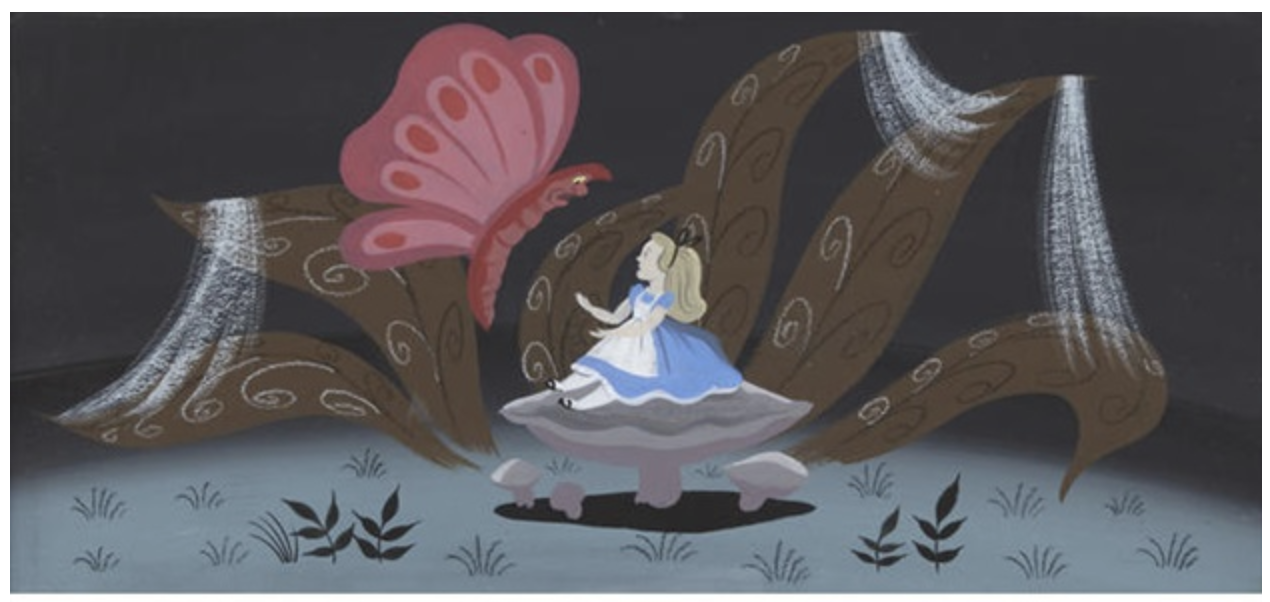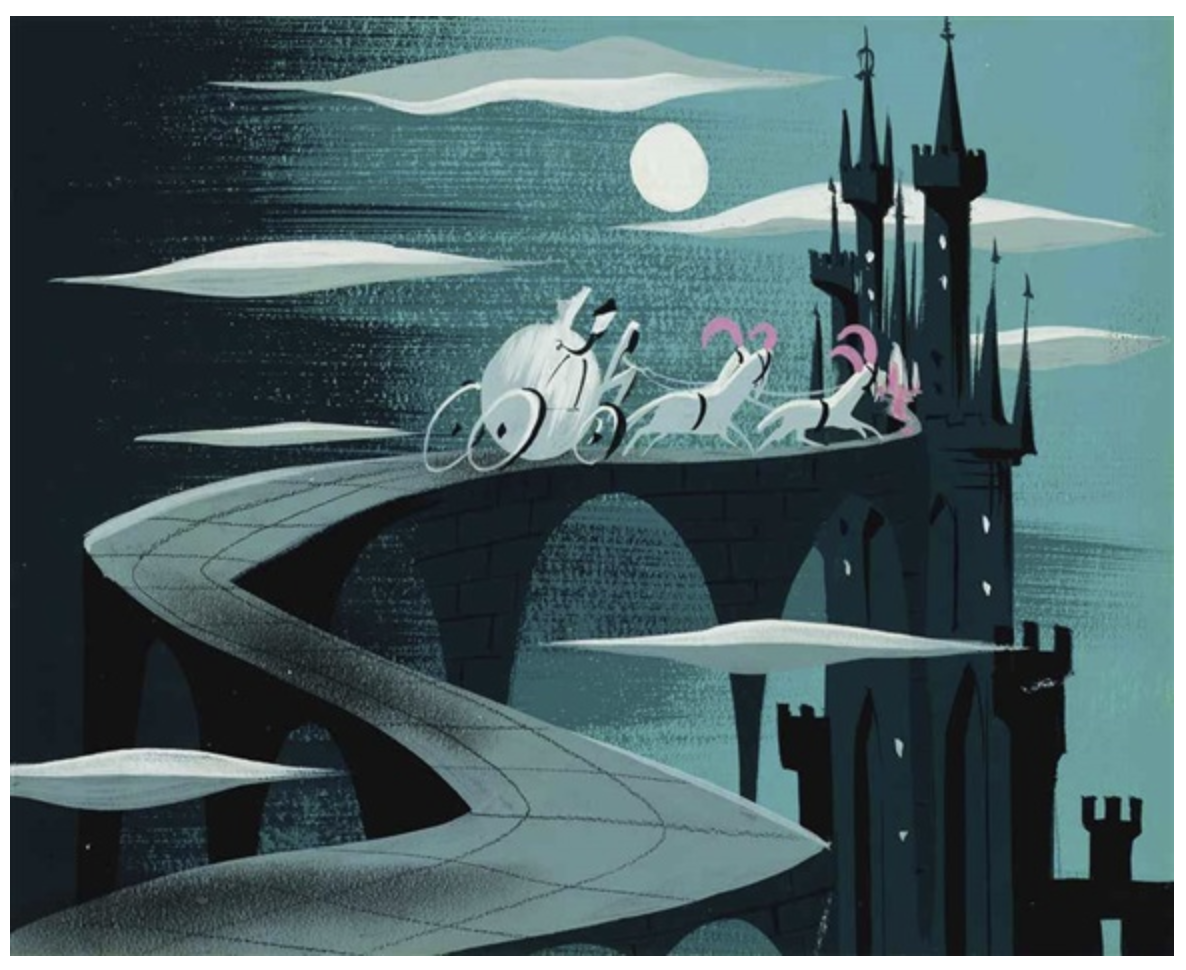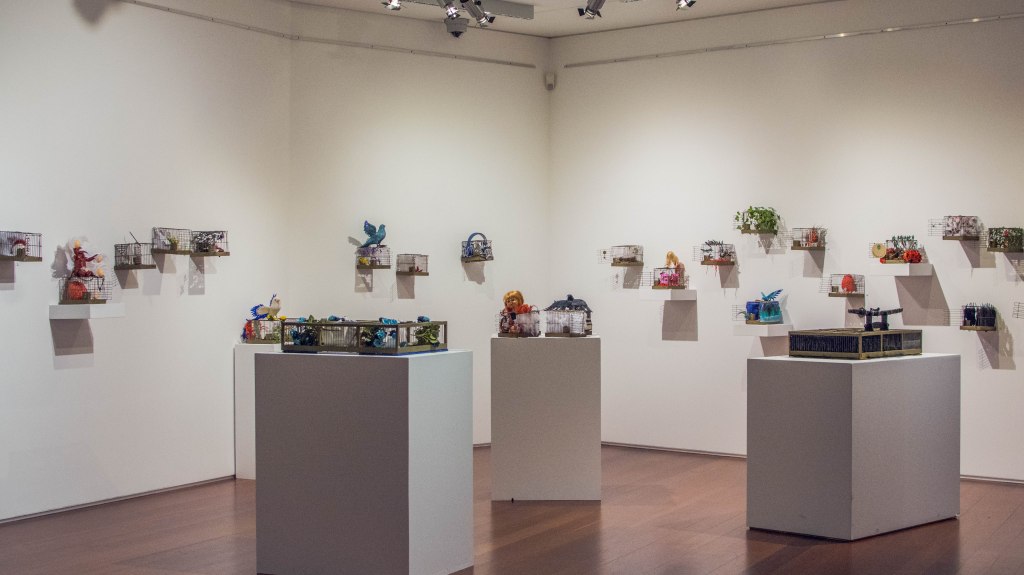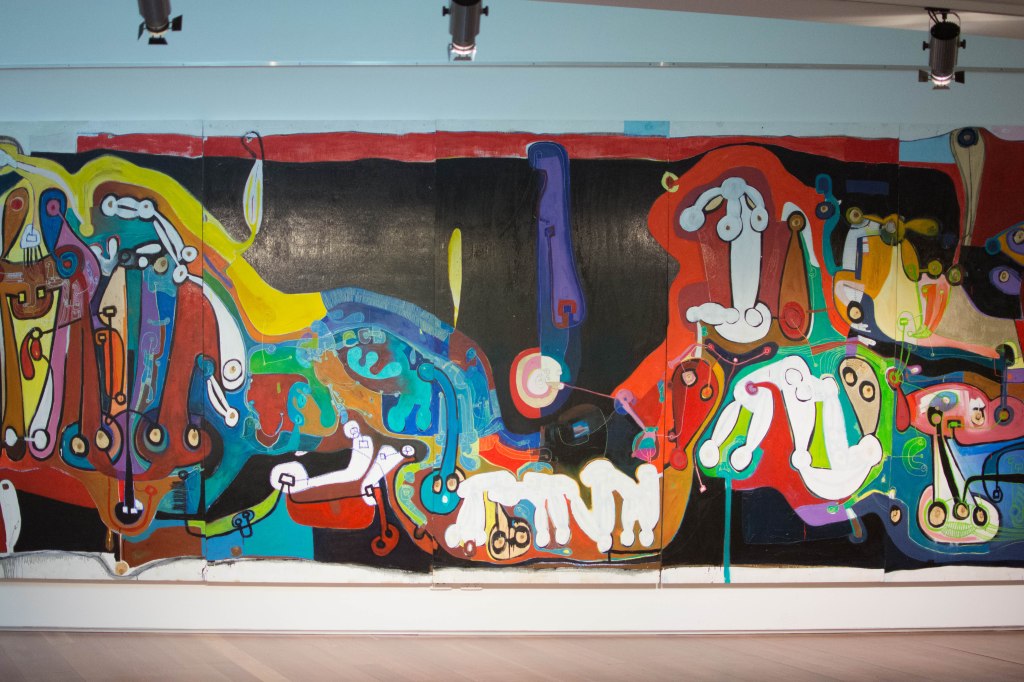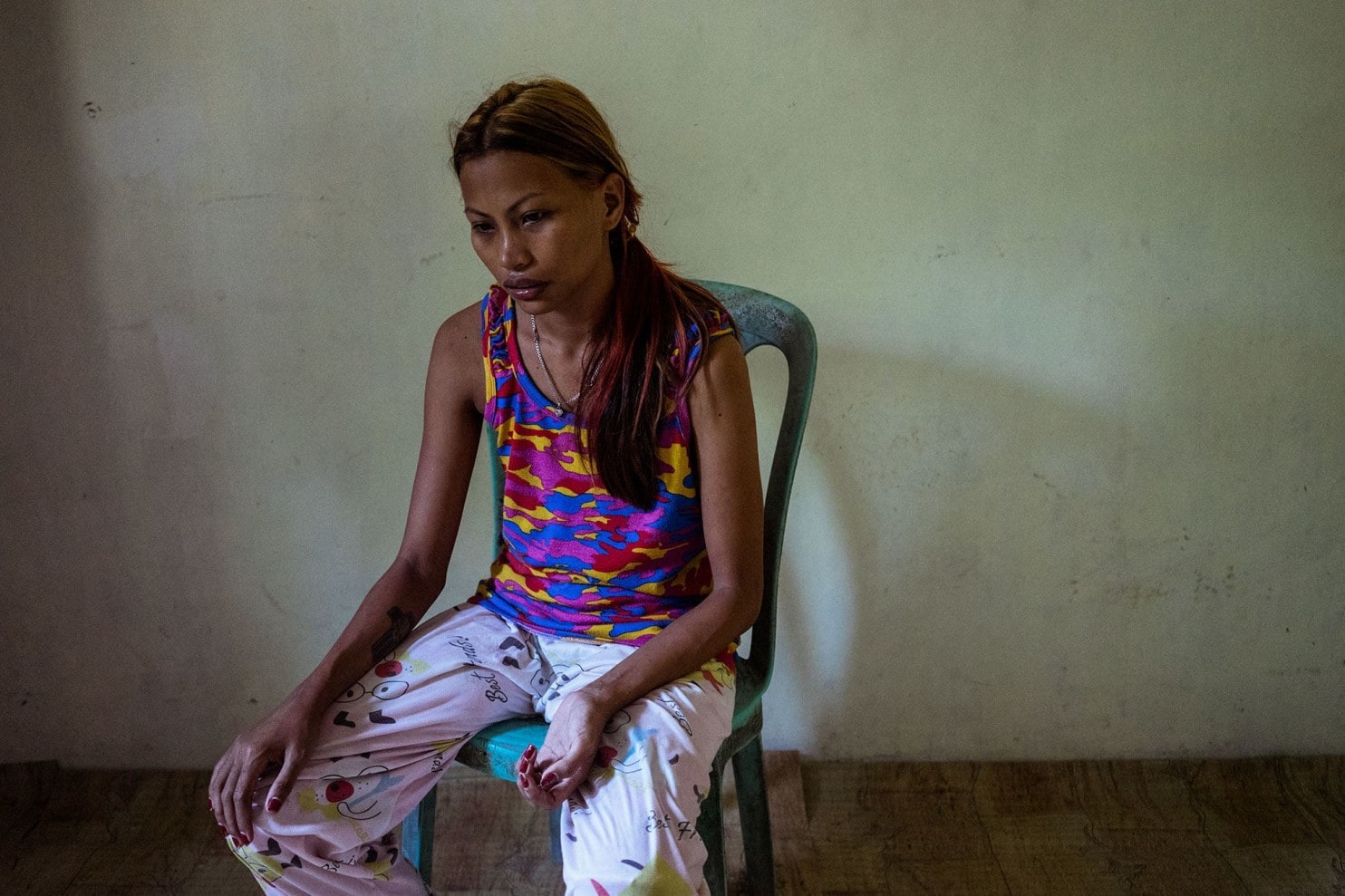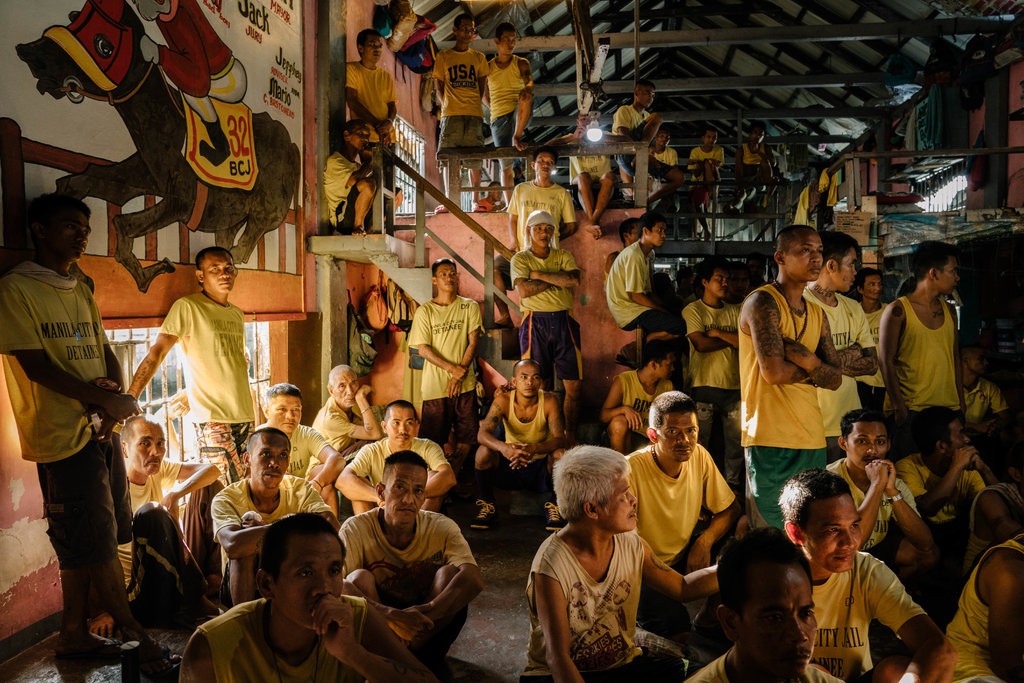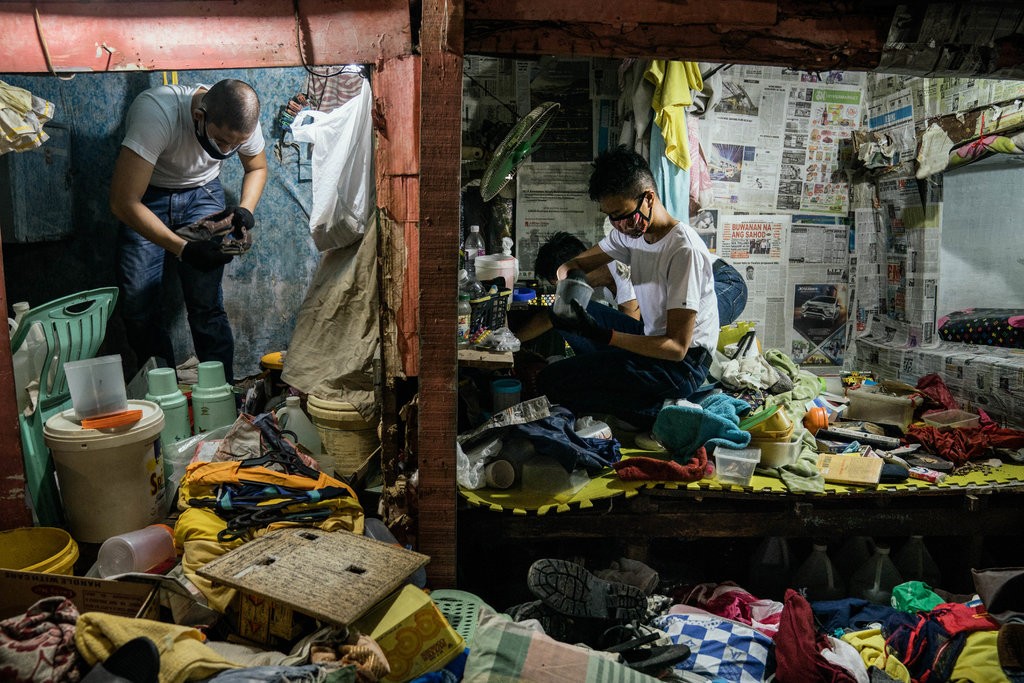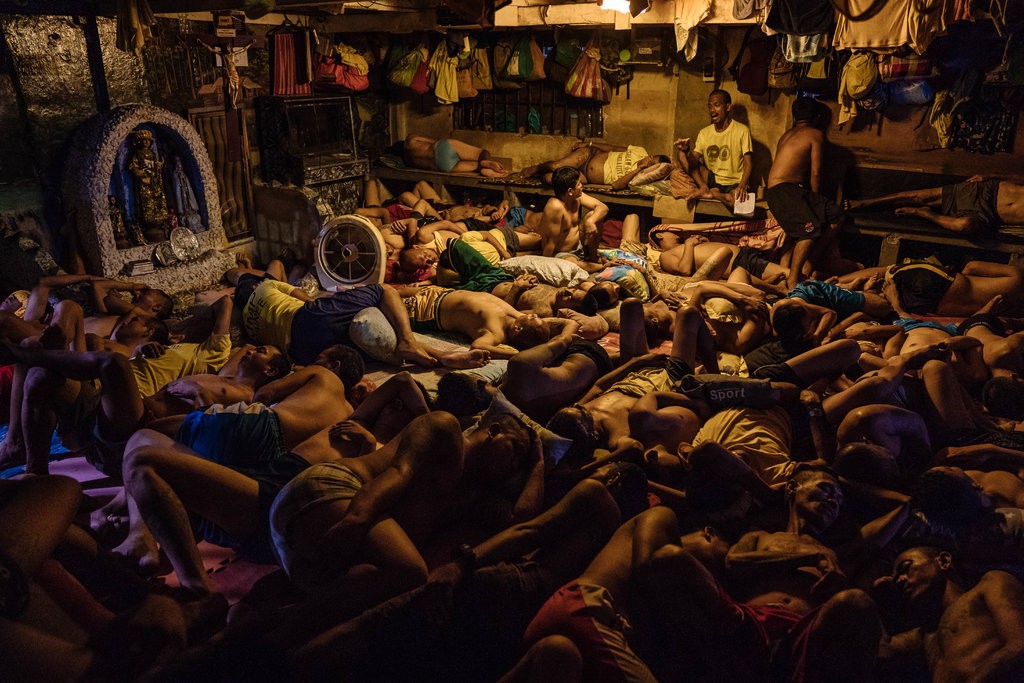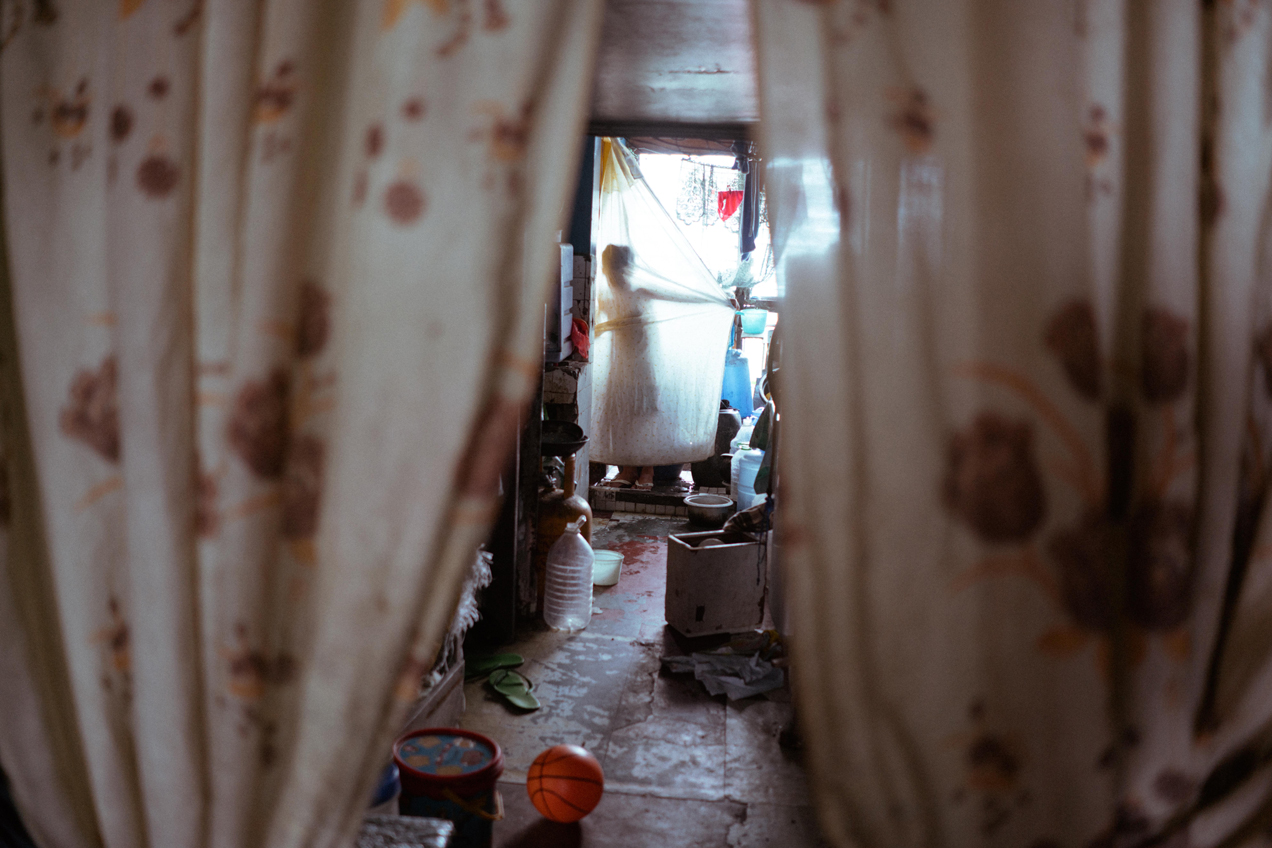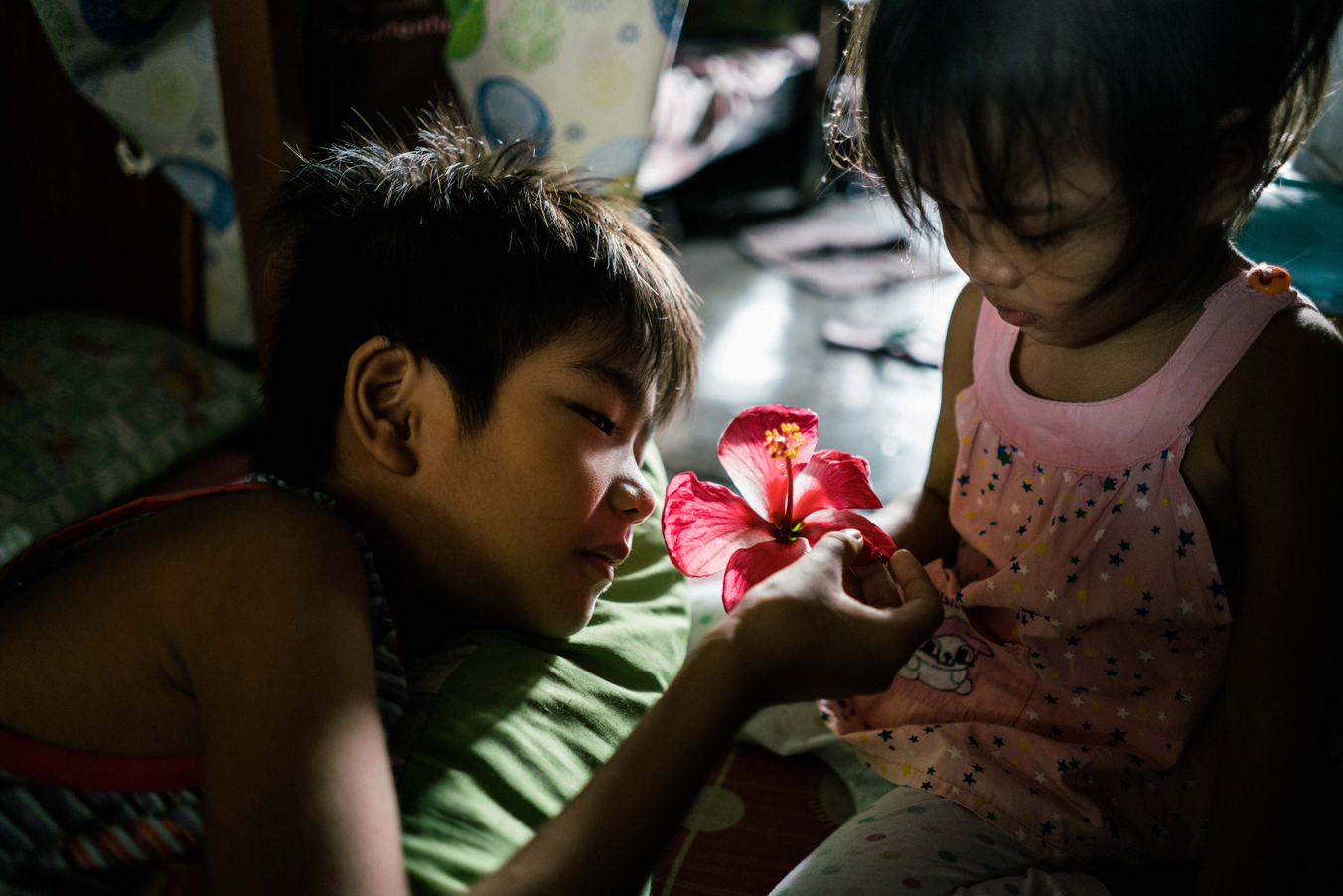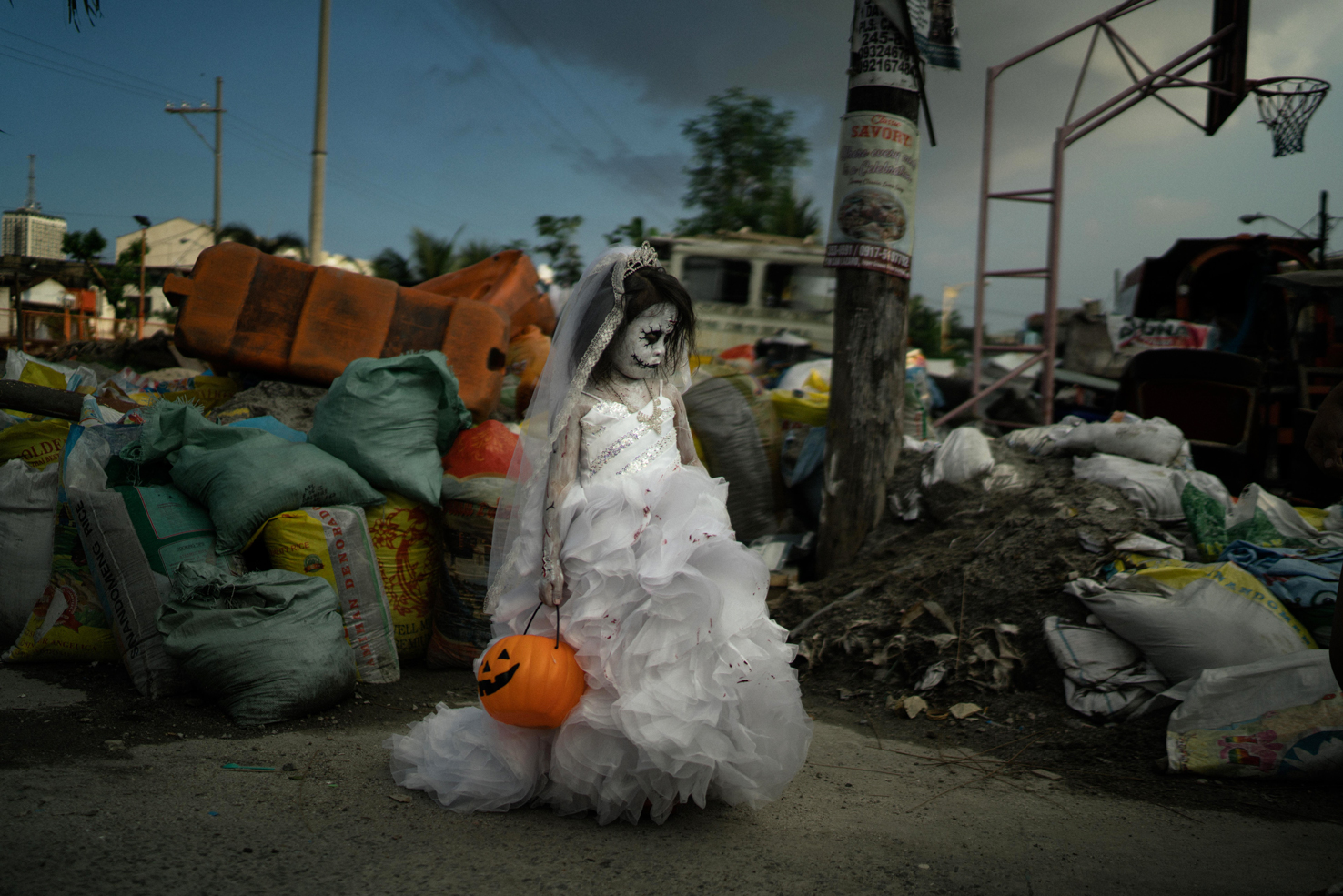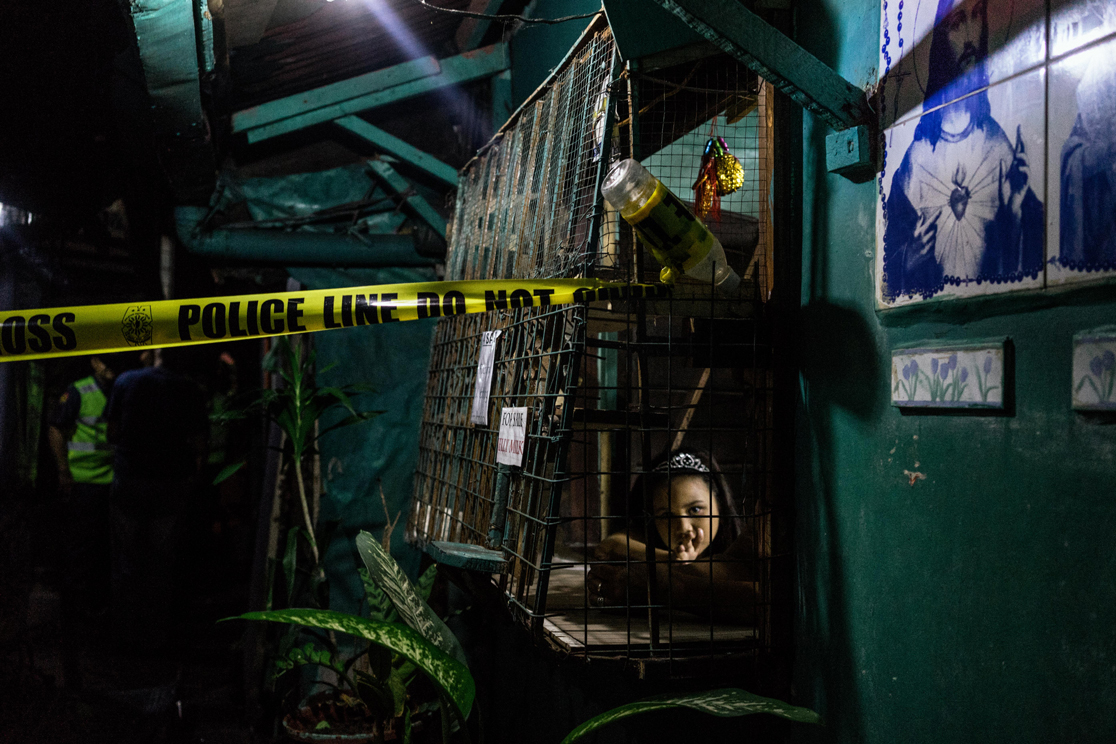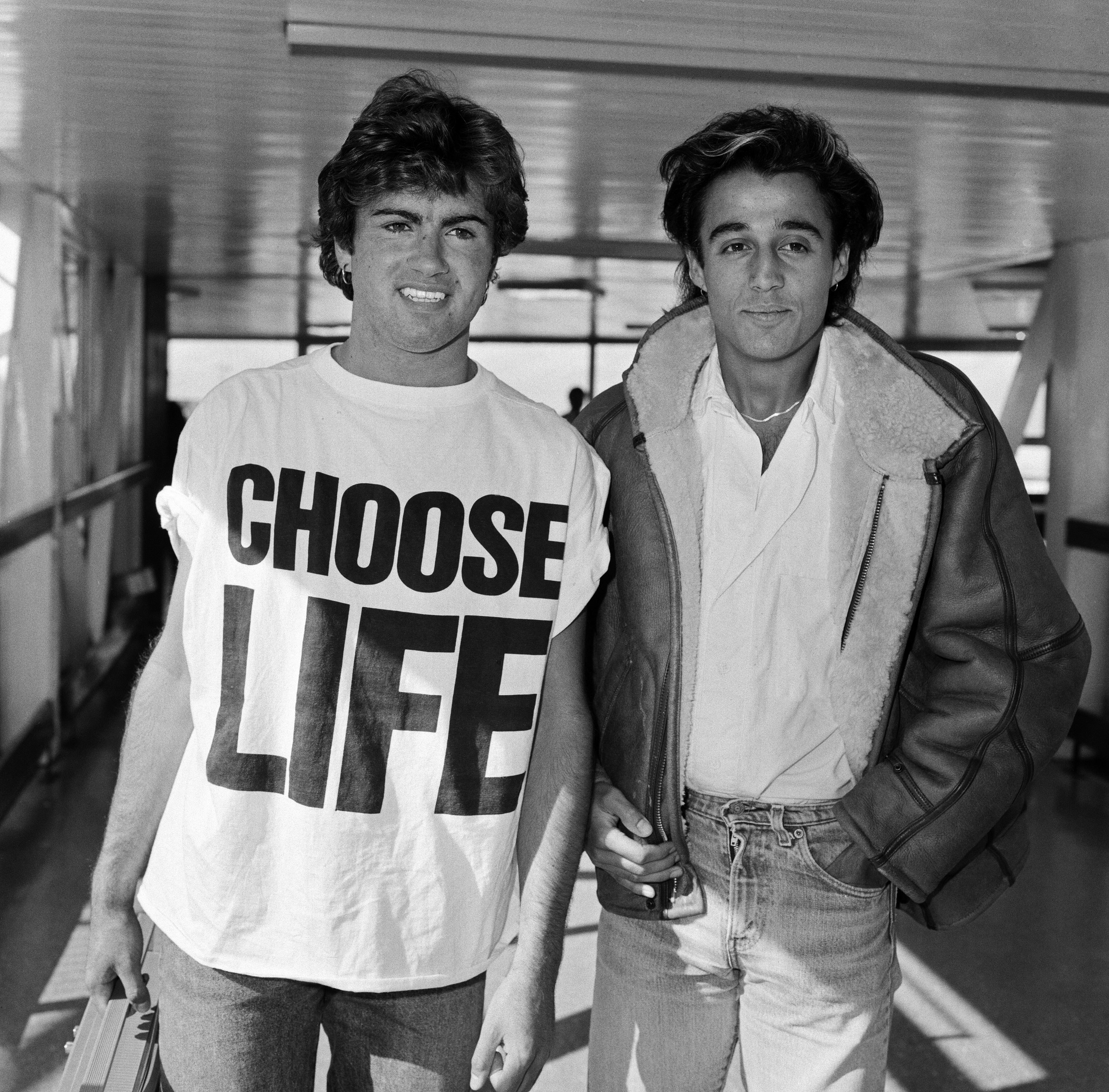In the 2000 Sydney Olympic Games, except for the flag of Australia, the Aboriginal flag was permitted to be flown during the Olympic Games as well.[1] Harold Thomas, who designed this flag which is conveying “concepts of great profundity for Indigenous Australians.”[2], undoubtedly achieved great success. This blog will discuss how the aboriginal designers influence the Australian society.
The Aboriginal flag is divided horizontally into two parts, the upper half is black and lower is red. A yellow circle sits at the center of the flag. These three colors symbolize the unique meaning: black represents the Aboriginal people of Australia; yellow is symbolic of the Sun, the giver of life and protector; red represents the red ochre. As stated by Mathieu Gallois, “the flag describes the relationship of people to land, land to culture, and culture to identity.” [3]

Harold Thomas was born in an indigenous family in 1947. He was in the margin of Australia. At the age of six, he was taken to the Alice Spring away from his family. Since then he lived in white institutions and white culture context. These two different culture contexts derived his thoughts about the Aboriginal flag.[4] Within the social context when the government of Australian start working on the affairs like authority for women, social justice and equality,etc, aboriginal artists were aroused the goals to propagate the aboriginal culture in the marginal part of Australian, to claim that they were part of the Australian culture. As Tony Fury said, “A nonuniversal design history is not simply an additional or supplemental approach within a plurality of positions. Rather, it is a fundamental challenge to the nature and authority of the current Eurocentric models of history writing. It will not be based on the same agenda, objects, rhetoric, or concerns.”[5]
What
Harold Thomas was expressing through the Aboriginal
flag was the identity, political activist agendas and ideals for the
displaced Indigenous people.[6]
The Aboriginal flag is not for
claiming against colonization or the land for aboriginal people. The flag was a
way for aboriginal culture to be accepted by the society. Whereas, “Australians do not know
or understand Aboriginal culture; or, more specifically, the flag’s non-status
as art reflects a poor understanding of the role of culture in Indigenous
activism.”[7] It
is understandable that the flag cannot be considered as a piece of art work
without exchanging the culture. “Products’ beauty emanates from the user’s
conscious reflection and experience influenced by knowledge, learning and
culture.” [8]Even
if the Aboriginal flag is not a
product, the beauty of aboriginal culture cannot be conveyed unless people are
taught “a body of knowledge and critical perspective”.
Not only Harold Thomas, but also many other aboriginal designers are working on this in obscurity. The Aboriginal flag is undoubtedly the most influential one of them while it still has not been fully accepted by the Australians. How do you think about the aboriginal culture? Is it possible to fully combine the aboriginal culture with the Australian society?
[1] Aboriginal flag, The Australian Institute of Aboriginal and Torres Strait Islander Studies, https://aiatsis.gov.au/explore/articles/aboriginal-flag
[2] Mathieu Gallois, “The Aboriginal flag as art”, Australian Aboriginal Studies, (Fall 2016): p46+
[3] Ibid;
[4] Ibid;
[5] Tony Fry,” A Geography of Power: Design History and Marginality “, Design Issues, (Autumn 1989) ,29
[6] Mathieu Gallois, “The Aboriginal flag as art”, Australian Aboriginal Studies, (Fall 2016): p46+
[7] Ibid;
[8] Despina Christoforidou, Elin Olander, Anders Warell and Lisbeth Svengren Holm, “Good Taste vs. Good Design: A Tug of War in the Light of Bling”, The Design Journal ,188






